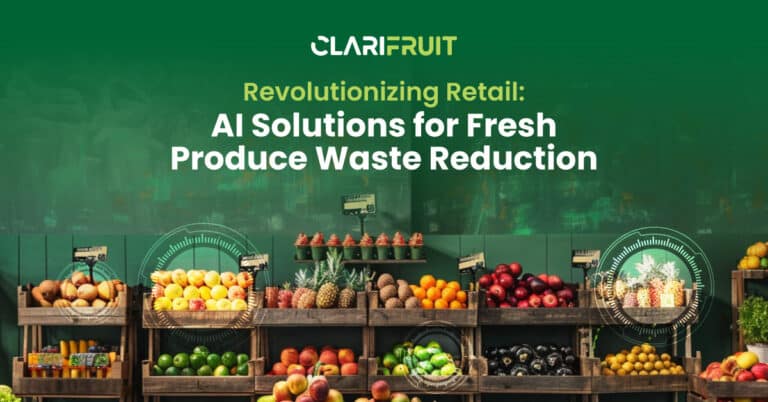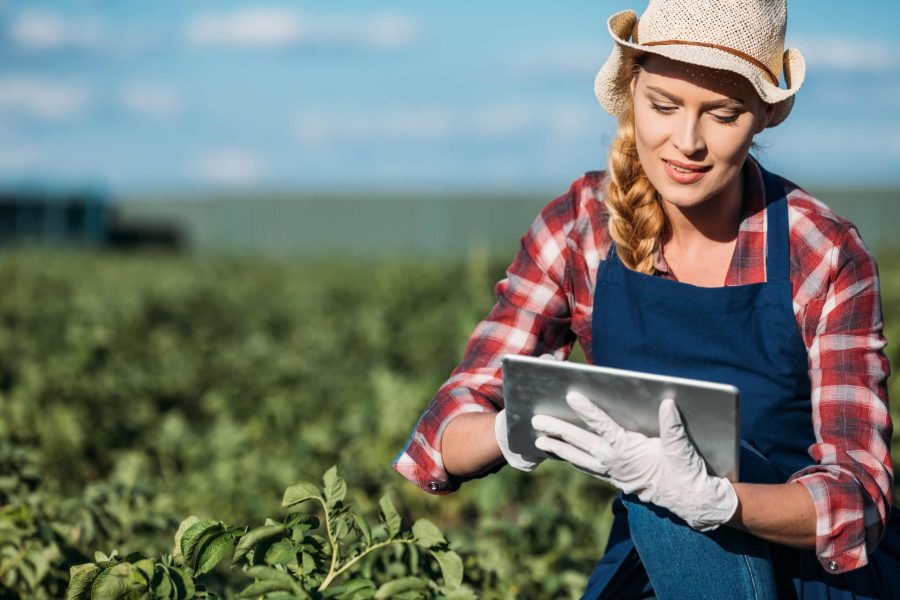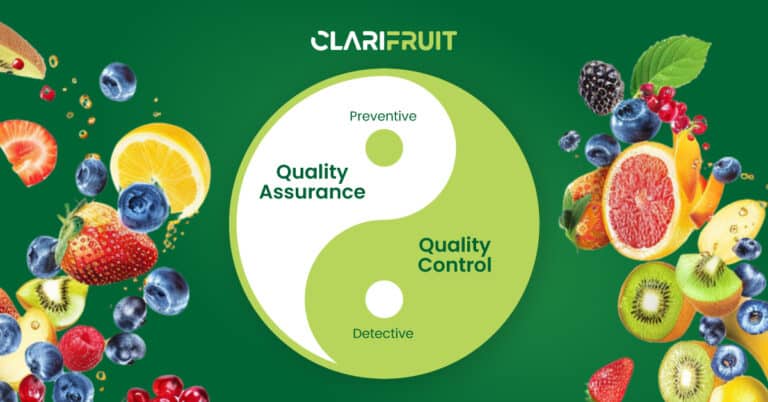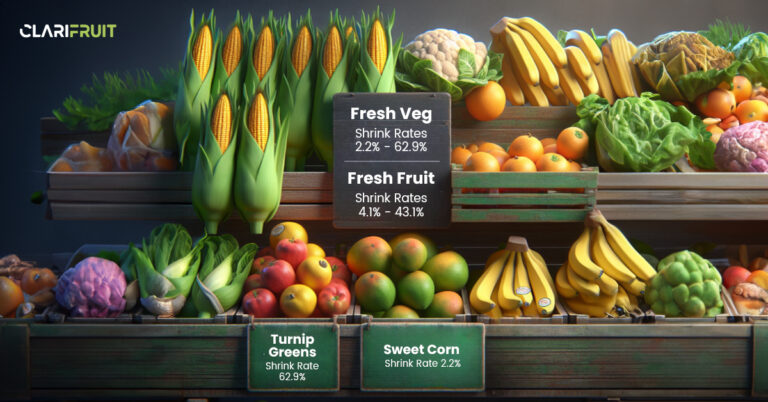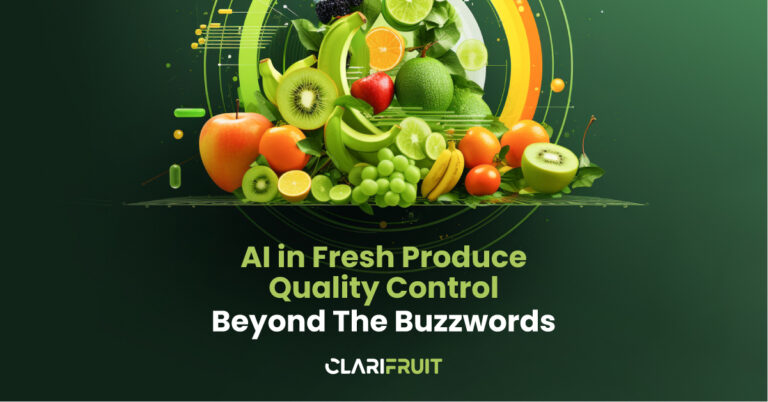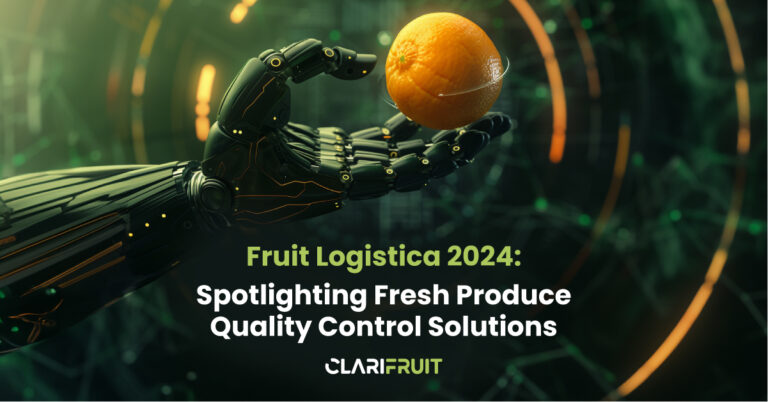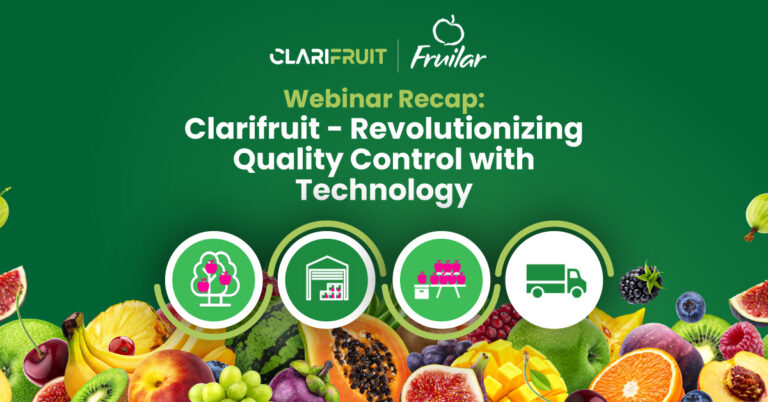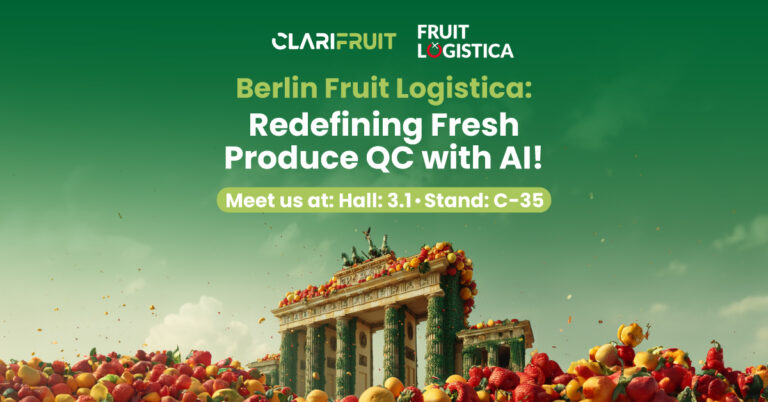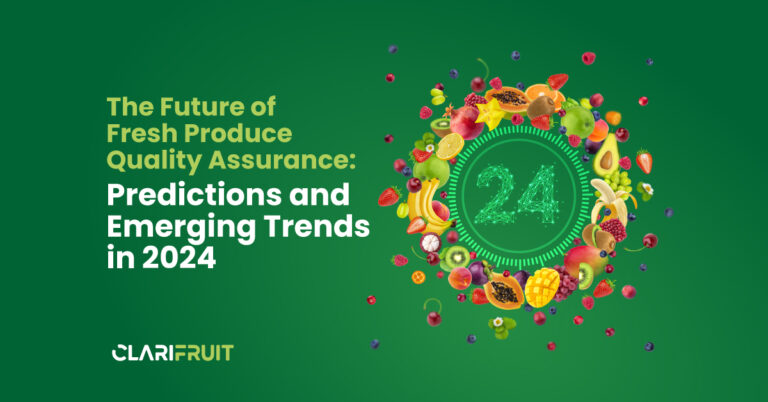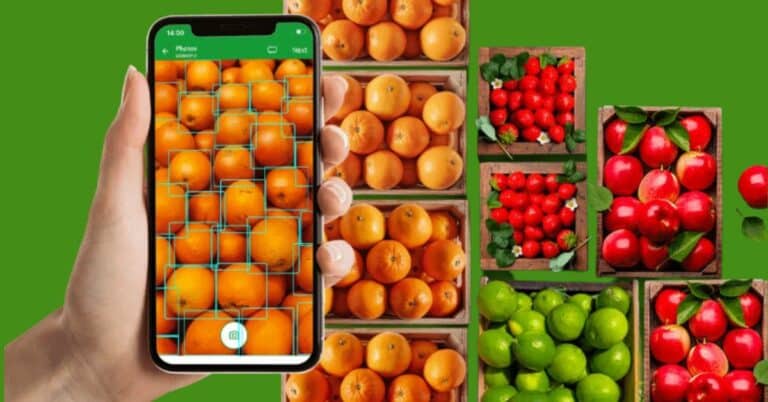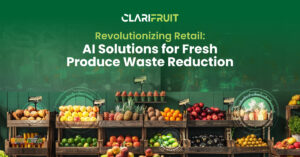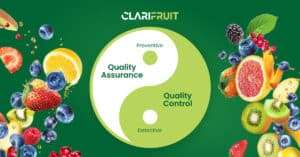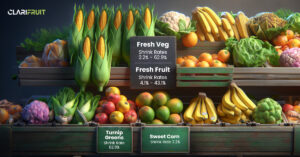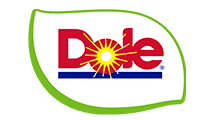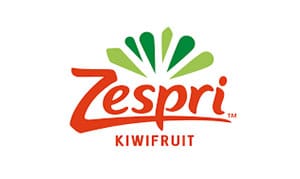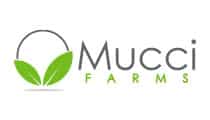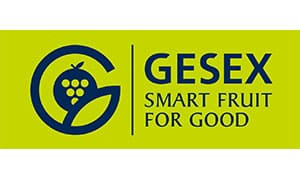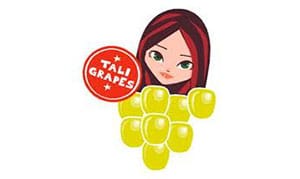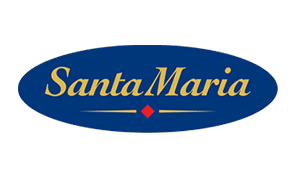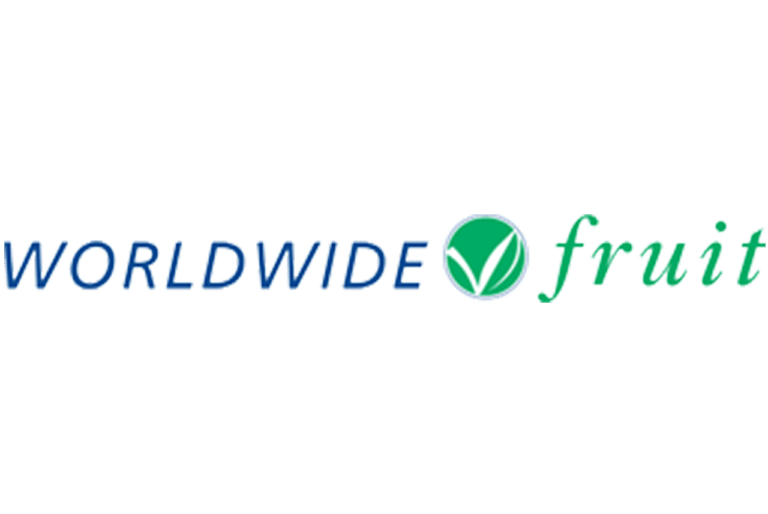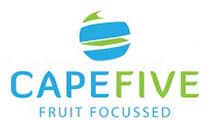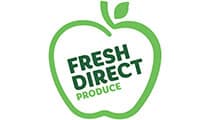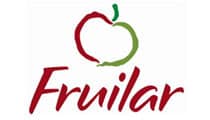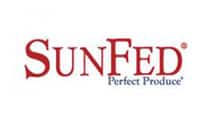Creating a Consistent Language for Fresh Produce QC Is a Win for Buyers and Sellers
When it comes to the fresh fruits and vegetables value chain, stakeholders will regularly find themselves standing on opposite sides of the table. After all, buyers gotta buy and sellers gotta sell! These goals should be complementary, and yet there’s a lot of friction between the two parties. What’s causing all the conflict? A seemingly simple language barrier, and it’s all centered around quality control.
Your QC process works for you… but that’s not enough
The problem is that the definitions around quality control are not well defined in the industry. We’ve spoken in the past about how there is no standard when setting specific grades for fresh produce. As quality is the basic parameter that buyers and sellers use to align their deals, this is a big problem.
But why? Can’t a buyer just rely on the seller’s quality control specifications.
The knee-jerk reaction to this question is probably around objectivity. Buyers may say that they can’t rely on the seller’s view of their own produce, because what if they are looking at it subjectively, subconsciously giving it a better grade to help them to boost the price, or just according to their own expectations and opinions?
Objectivity is definitely an important part of the problem, but actually the issues go much deeper than worrying about whether the seller’s QC manager considers that tomato to be red or orange. It’s less about objectivity, and more about the physical language of the quality control specification for each and every buyer and seller across the whole value chain. The truth is that most companies have a specification that they have been using and iterating internally for decades. They have their own way of doing QC, and with it, they have their own language and process.
If a wholesaler shares their quality specification with a retailer, and marks a shipment of table grapes as a quality Grade B, that just isn’t sufficient for the retailer to equate with their own Grade B. It doesn’t mean anything to the retailer, as the wholesaler’s methods are not likely to be the same as their own. The buyer needs to do their own inspection to get an objective view, but also to see what “Grade B” means in their language, which could be Grade A, C, or anything else.
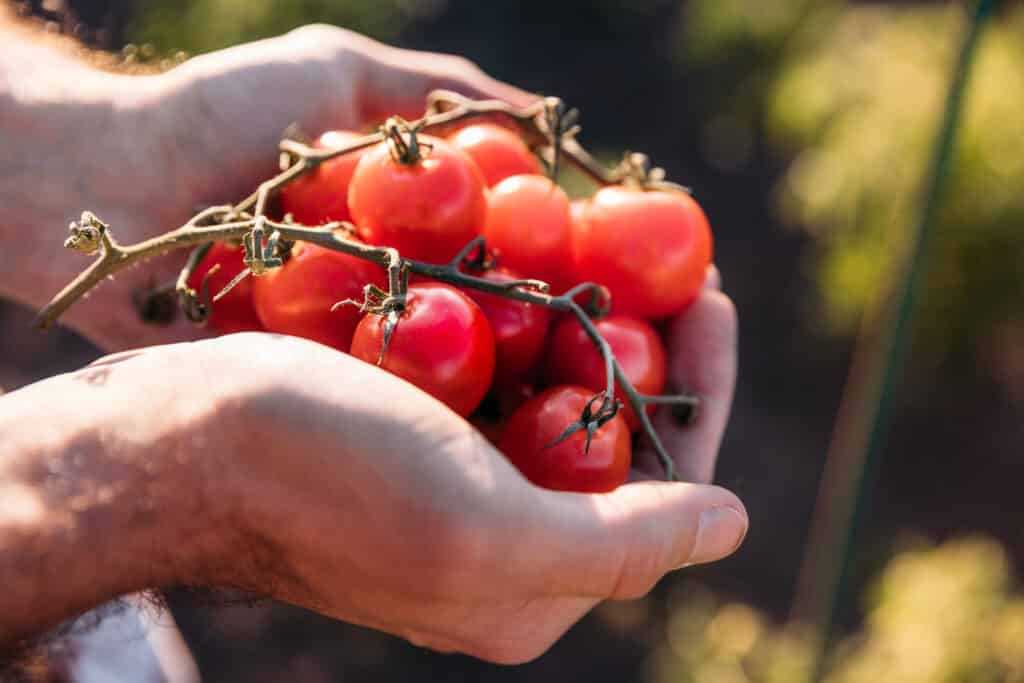
What’s causing the tension?
To understand why this causes such a problem on both sides, you need to take a step back and think about the mindset of both parties. When a seller has a shipment, they need to know that they are going to make their revenues. They might think they know how much a particular yield is worth, and feel confident about its quality, but are they confident enough to risk rejection? What if their Grade B is actually the buyer’s Grade C? In many cases, worrying that a buyer may view the produce as landing on the wrong side of the line and renegotiate or even reject, a seller will decide to send it to a less demanding buyer, even if that means accepting less money. The peace of mind is worth the price differential.
For a buyer, this lack of shared language creates an operational problem. The buyer needs to make sure that they have 100% of the produce they need, whether that’s to hand over to their own customer, or to physically stock shelves in-store for end customers. Without visibility into the quality of the sellers’ goods, they need to over prepare, ordering more than they need.
The Clarifruit solution: Hurdling the language barrier
The Clarifruit platform attacks this issue on both fronts, supporting better objectivity, and creating the ability to traverse the language barrier. First, our computer vision technology uses AI to ensure that inspections are fully objective, and don’t rely on human QC managers eyeballing a shipment and making a manual judgment which can change from inspector to inspector, or at different times of day.
Second, if you create a digital specification with the Clarifruit platform, this allows you to translate your spec to any other buyer or seller “language”, to streamline quality control between the two entities. You can run your own inspection once, and then Clarifruit will pull the data from the buyer’s specs, so that you can view your inspection against the specification of any buyer, seeing the results translated into the buyer’s own unique language and grading system. If a certain defect to you wouldn’t bump the produce down to Grade B, but it would for one of your buyers, this will be reflected on the report.
At scale, you can simulate the results of sending a specific shipment to all of your potential buyers at once, viewing all results, and then understanding at a glance which would be the best fit, ensuring that you as the seller receive the best revenues for your yield.
At the same time, as the buyer in the scenario, you can ensure that the produce you’re receiving is fit for purpose, aligned with your own specifications and grading systems, and reducing the operational overhead and costs of over purchasing ahead of time.
Summary
In conclusion, the language barrier surrounding quality control in the fresh produce industry has long been a source of tension between buyers and sellers. The absence of standardized definitions and the subjective nature of quality assessment have led to misunderstandings and operational inefficiencies. However, the Clarifruit platform offers a promising solution to this longstanding problem. By leveraging cutting-edge technology, Clarifruit not only enhances objectivity in quality control but also transcends the language barrier. It allows for the seamless translation of quality specifications between buyers and sellers, enabling them to communicate effectively and make more informed decisions. With Clarifruit, the industry can look forward to a future where quality control becomes a unifying language, benefiting both buyers and sellers by fostering transparency, reducing risk, and ultimately optimizing the entire fresh produce value chain. Try it for yourself today and take the first step towards a more efficient and collaborative industry.
Try it for yourself for free, you could have your first digital spec up and running in minutes.
